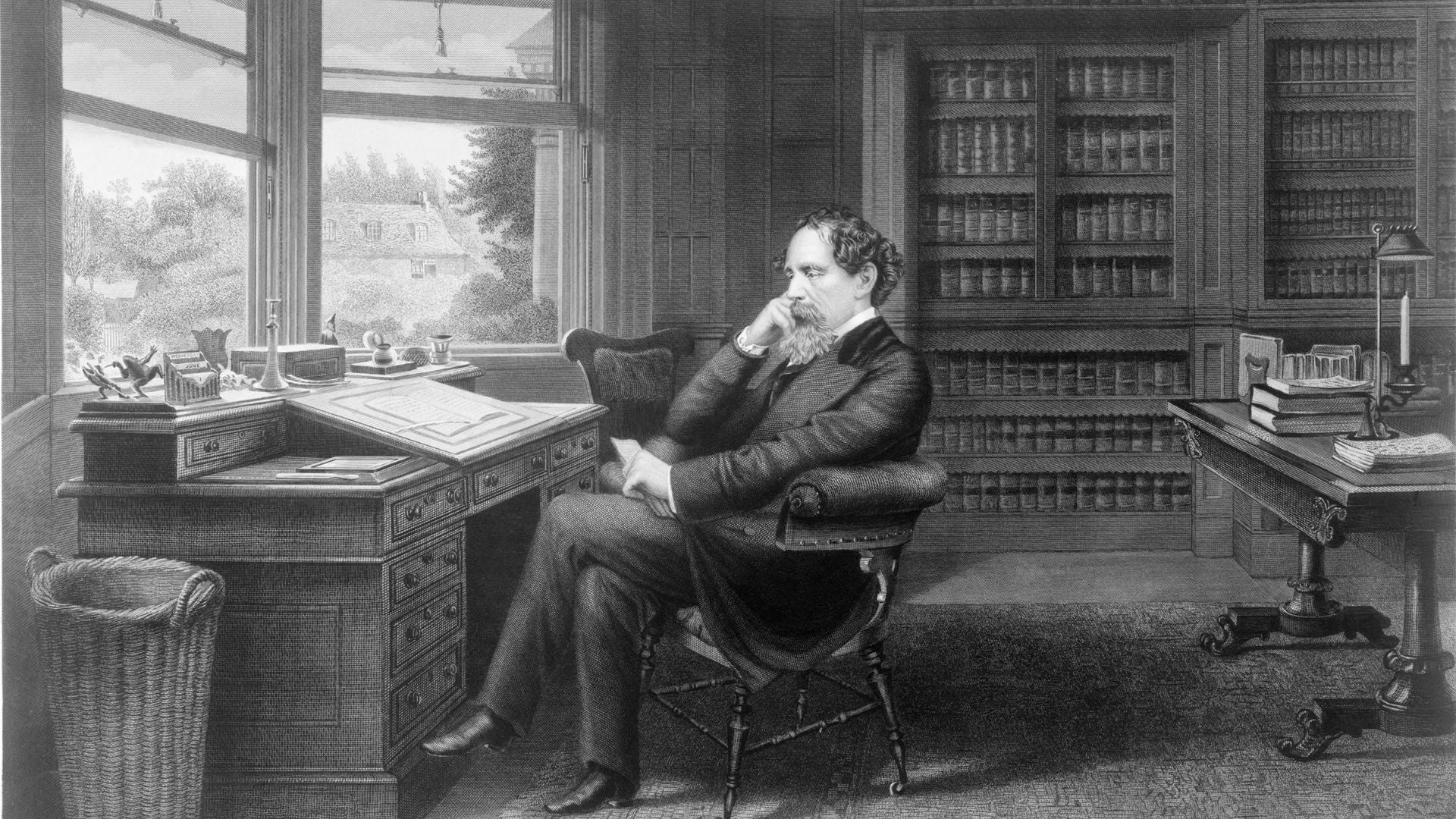This post was originally published in November, 2018. It has been updated with personal stories of students who have benefited from writing therapy.
A mother’s worst nightmare
On December 17, 2004 at 9:35pm, I was awakened by a loud knocking downstairs.
I groggily stumbled downstairs and opened the door to two policemen.
“What did he do?”
“He did nothing ma’am. He was shot.”
“Shot?” I whispered in disbelief. “Is he dead?”
“No ma’am, but you need to get dressed so we can take you to the hospital.”
With trembling hands, I hurriedly dressed. When I returned downstairs, the policeman was getting off the phone, and I could tell by the look on his face that I was about to hear every mother’s worst fear.
“He didn’t make it.”
“He didn’t make what?” I yelled in disbelief.
“He’s dead, ma’am.”
I fell to my knees, clutching my chest in agony as I slowly crawled to the bathroom to vomit. The pain was too much to handle, and I felt my spirit briefly leave my body as I continued to reel from the shock.
Just a week before Christmas and my whole world was changed forever. Jason, my loving 18-year-old son with a generous heart was shot in the chest and robbed of his life.
7 Distinct Strategies toward Healing by Journaling
What’s a grieving mother to do? I did what anyone experiencing trauma and pain should do – I wrote it out. After the funeral and the last of the company left I began my journaling journey. Months later, as I re-read my entries, I noticed the steps I’d taken on my journey toward peace. I saw the stages of grief I went through, and the revelations I had. These pages provided the framework for my fourth book: Survivor to Thriver – A Mother’s Journey Toward Peace After Her Son’s Murder.

James T Mangan says it best, “Take a chunk of your heart and spread it over some paper. It goes, oh, such a long way.” Writing allowed me to get everything out – the good, and the bad and onto paper. It was through writing my book that I was able to identify 7 distinct strategies I used on my journey to healing. Those steps then provided the framework for a ten-week Write to Heal Program for secondary students dealing with PTSD.
Teaching Others the Benefits of Journal Therapy
Recently, I was involved in a Transformative Justice Symposium at the California Institution for Women; a two-day event centered around the program Healing from Violence: Exploring Trauma & Resilience. Our group of 80 was filled with survivors, inmates, judges, members from the DA, wardens, and mental health providers who were all focused on providing support and a safe space to listen and learn from each other’s experiences. I was placed in a group of 10 alongside 5 inmates, all of them murderers.
Together we sat and shared our stories and perspectives. Inmates were asked to tell the group about the path that led them to incarceration, their sentence, and the name of their victim. They shared the life experiences that contributed to who they were before conviction, the barriers they’ve faced on their journey to healing, and their greatest source of strength since incarceration. Survivors spoke about the loved ones they’d lost and the hurdles they’ve had to overcome on their journey to healing as well as their source of strength since the death of their loved one. Each member was asked to reflect on what they learned from the others and the ways in which they would continue to take care of themselves.
Each group’s discussions were filled with such honest and poignant heartfelt responses, every circle was experiencing the same raw emotions – and each person’s stories were met with a level of understanding and compassion. The empathy I felt for the inmates in my group was overwhelming, I felt their pain and remorse and I hugged and kissed each of them as we all cried together.

I left for home that day with their stories bombarding my senses, and I went to bed with them on my mind. What could I do to help bring peace to these women? I woke up the next morning with an idea – I told them to start journaling, just as I had. Start from their childhood and tell their story and share the experiences that led them to prison. Together, we will write a new book – Doing Real Time – 4 Women’s Stories of Redemption. We are all so excited for this new project, and next chapter on our journey’s to healing. Once published, the proceeds from the book will primarily go to these women, and I am so excited to be a part of something that will contribute to them forging a new path.
These women’s stories have shown me just how lucky many of us are to have been born into the families and lives we have – the similarities in each of their stories is heartbreaking – the abuses and lack of support they’ve suffered is heartbreaking and has made me realize that not everyone is dealt a good hand in life. I feel so fortunate to be able to help them create a better future for themselves. We have found common ground and together are writing and journaling our way forward. I applaud the resilience and the tenacity of these four women and have felt such a supreme sense of pride to be able to witness their journey to freedom through writing.
Giving Tuesday generosity from Epica
Through the generosity of Epica and their Giving Tuesday project, we were able to bless many of our students with really nice suede leather journals. The majority of the books went to the ladies in First to Serve. They are journaling and planning their lives using these notebooks from Epica. Many of the ladies exclaimed how beautiful the covers were. Others went to students in my class at Write to Heal; Students were fighting over the remaining limited supply. Several of them want to become rappers and they were very excited about receiving their cool new journals. The brown ones seem to be the rappers’ favorite color. We also received Epica pens for our students and everyone loved the smoothness with which they wrote.
Inspiring young people to begin their Journey by Writing for Therapy
These notebooks have inspired our kids, many of whom wanted to express how thankful and excited they are to begin writing in them

Daria wrote, “Miss Sweet gave me my new pink journal – my favorite color.
It’s the best gift I received this year!”
Nayely said, "I write poetry and transferred all of my 156 poems to this journal.
I plan to have some of them included in Miss Sweet's book - Teenage Poetry in Emotion".

And Dejon wrote, “I was homeless and Miss Sweet got me enrolled
in her school and in the Salvation Army housing program.
I am an aspiring rapper and this book is perfect for me to write my lyrics
and to put my feelings on paper.”

Journaling for anxiety, for mental health, for mindfulness, and for happiness are all proven methods of finding solace. We hope you enjoyed our Bettye’s story and stories of her students being helped through their traumatic experiences. Be sure to leave a comment (see link below). If you would like to begin journaling for therapy yourself, why not browse our collection of the finest Italian Handmade Leather Journals found anywhere.
Bettye Sweet is an author and the founder of Write to Heal and we thank her for sharing her heartwrenching and yet uplifting story. Last year, for Giving Tuesday, Epica donated dozens of journals to Bettye’s program so that her participants might experience the same catharsis Bettye and other writers have felt along their journey to healing.








